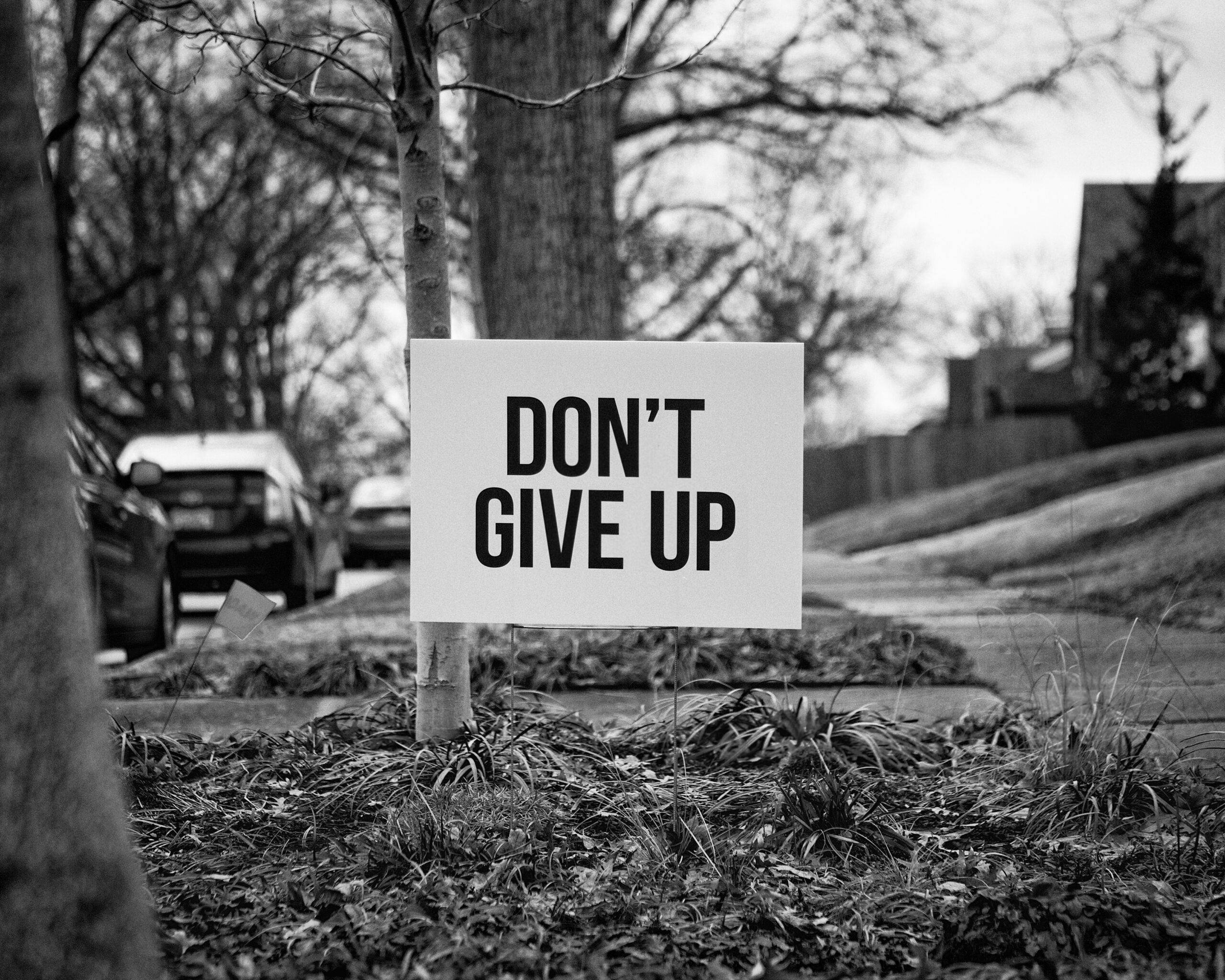
How to Stop Faking Courage and Actually Practice It
By Tim Elmore
I have not always been a courageous leader. I began my career as a people-pleaser, only appearing to be a leader with convictions. When it came down to making a tough call, I sometimes buckled under the pressure of appeasing others.
In my twenties, I neglected to step in and confront a conflict between two team members. I didn’t want to risk being disliked by either of them or the people they influenced. So, I remained silent and passive while my department split into two factions.
In my early thirties, I needed to make a tough call that would be very unpopular among my closest comrades. The decision would require our leadership team to make a significant sacrifice, and I wasn’t up for the challenge. Again, I failed to initiate and stayed passive. I could go on. In fact, many times I failed to demonstrate courage in my leadership:
- I should have made a staff change.
- I should have taken a risk and spent money.
- I should have confronted a situation.
As I look back, I suppose I was merely being human. And to err is human, right?
What I Believe about Courage
Today, our students need us as educators, coaches, and parents, to demonstrate authentic courage. As we all know, it’s easy to hide behind a screen and post something that seems courageous, but leaders realize we can and must do better. I now believe you can’t be a leader without courage. Peter Drucker once said, “When you see a successful organization, you know that someone at some time made a courageous decision.” Our leadership role does not usually demand that we do something spectacularly brave. Yet when it’s time, it’s up to us to model the way. Marion Folsom, the architect of our nation’s social security system, said, “You’re going to find that 95 percent of all the decisions you’ll ever make in your career could be made as well by any reasonably intelligent high school sophomore. But they’ll pay you for the other 5 percent.”
Recently, I was inspired by a Pat Lencioni podcast that discussed the idea of leadership courage. Reflecting on the podcast, I concluded the most common ways leaders express courage:
- Taking a public stand—the resolve to stand for what’s right or against what’s wrong.
- Interpersonal confrontation—the bravery to confront a person who harms the team.
- Silence within attacks—the ability to refrain from defending your turf or reputation.
- Self-honesty—the resolution to be authentic about your flaws or shortcomings.
Each of these requires decisions. According to a study of unsuccessful executives within two hundred firms by the Laboratory of Psychological Studies of the Stevens Tech Institute, the inability to make such decisions is one of the chief reasons executives fail.
Why do we buckle under pressure? In observing leaders, I believe our failure is often due to:
- Self-doubt—we doubt our own judgment or our ability to be strong.
- Fear of rejection or opposition—we are afraid of the adversity we’ll face.
Faking Courage
So, we fake bravery. All the time.
It’s easy to pretend to have courage today on social media, where we hide behind the screen of a portable device, posting our stance, but knowing it really doesn’t cost us anything. We are slacktivists, not activists. We also fake courage when there is really no alternative. For example, when someone gets caught in a wrongful act, it’s easier to do what is right at that moment.
Finally, it’s easy to fake courage when there’s very little to lose. We care too much about what strangers think on social media or about our reputation when we know what we must do is unpopular. It’s time to embody genuine courage as leaders.
Practicing Genuine Courage
Courage is the ability to demonstrate the resolve to do what’s right when it would be easier to do the opposite. There’s just one problem. Our students need us to model genuine courage. The four steps below are ones I take when faced with the need for courage.
- Get clarity on the essential timeless principles. Let’s face it—we’ll never take a risky step on something we are fuzzy about. Once we gain clarity, we’re more apt to be brave. Identify the principle you deeply believe in before you act. You’ll find courage will surface inside.
- Ask: what would a great leader do? This almost always solidifies the issue. Whether I’m at work or at home or serving in our community, when I ask myself this question in a difficult situation, my own emotions stop clouding the issue and my selfish preferences are obvious.
- Break it into action steps. Sometimes courage comes easier when I divide the huge brave action step I must take into bite-size chunks. Suddenly, the right thing seems doable. Several little courageous steps are much easier to take than one big one. It’s like eating an elephant.
- Invite accountability to follow through. Once the brave steps are clear, I am far more apt to take them when I know I have an accountability partner waiting to ask if I’ve taken them. We all do better when we are watched by someone we respect and who cares deeply about our good.
When I was thirty years old, I was in a plane crash. The pilot crash-landed his private plane in New Zealand just before I was to speak at an event that night. All of us were banged up badly, but we survived. The others were life-flighted to the hospital for treatment, but I was bandaged up and stayed on site.
As the event approached, people assumed I’d pass on my obligation to speak to the audience. When the host came to assure me it wasn’t necessary to go on stage, I knew I couldn’t back out. I had to muster whatever courage I had—and do what I was there to do.
It was one of the toughest moments of my career, but I’m glad I did it. It made getting on a plane again much easier. I discovered: fear is contagious, but so is courage.






